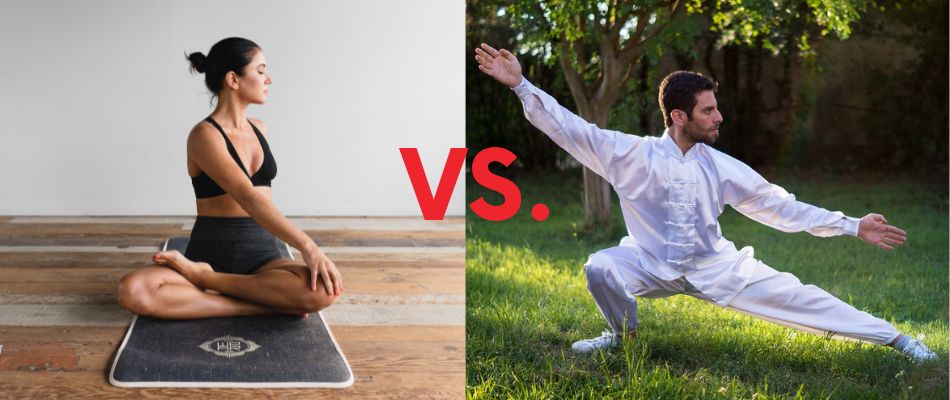
Therapr Team
Yoga and Tai Chi are both popular mind-body practices that have been around for centuries. They are often used to improve flexibility, strength, balance, and mental clarity. While they share some similarities, such as focusing on mindful movement and breathing, they are fundamentally different in their approach and philosophy. Choosing the right one for you depends on your personal goals, physical condition, and what kind of experience you’re seeking.
In this article, we will compare Yoga and Tai Chi by examining their origins, techniques, benefits, and the types of individuals who might benefit most from each practice.
Yoga is an ancient practice that originated in India thousands of years ago. It is based on the union of body, mind, and spirit, and it uses physical postures (asanas), breathing techniques (pranayama), and meditation to achieve a state of mental clarity and physical well-being.
Yoga is a versatile practice that comes in many styles, ranging from gentle and restorative (like Hatha Yoga) to more physically demanding forms (like Vinyasa or Ashtanga Yoga). It is well known for its ability to increase flexibility, strength, and balance, as well as to reduce stress and promote relaxation.
In addition to its physical benefits, Yoga emphasizes mindfulness and self-awareness, making it not just a physical practice but also a way to enhance emotional and mental well-being. Yoga practitioners often report improvements in mood, reduced anxiety, and increased mental focus.
Tai Chi is a Chinese martial art that has evolved over centuries into a practice primarily focused on health and wellness. It involves slow, controlled movements, which are often referred to as "meditation in motion." Tai Chi is designed to cultivate Qi (pronounced "chee"), the body’s vital life force or energy, and it aims to promote the smooth flow of this energy throughout the body.
Tai Chi is often practiced in a series of graceful, flowing movements that are performed in a set sequence. These movements are done slowly and deliberately, with an emphasis on relaxation, balance, and body alignment. Tai Chi also incorporates deep breathing, which helps to calm the mind and increase focus.
Although Tai Chi is rooted in martial arts, it is widely practiced today for its health benefits rather than for combat training. It is especially popular among older adults due to its gentle nature and low-impact movements.
Origins and Philosophy
Physical Postures vs. Flowing Movements
Breathing Techniques
Mental and Emotional Benefits
Flexibility and Strength
Suitability for Different Age Groups
Both Yoga and Tai Chi offer tremendous benefits, but which one is right for you depends on your personal preferences, goals, and physical condition. Here's a quick guide to help you decide:
Both Yoga and Tai Chi offer a rich set of benefits for body and mind, and either practice can significantly improve your health and well-being. If you are looking for a practice that combines physical postures, deep breathing, and mindfulness, Yoga might be the best fit for you. If you prefer slow, flowing movements that emphasize balance and energy flow, Tai Chi could be the right choice. Ultimately, the best practice is the one that resonates with you and aligns with your health goals.
Author profile
Read more articles by Therapr Team.
Get the latest wellness insights delivered to your inbox.
Subscribe to Newsletter